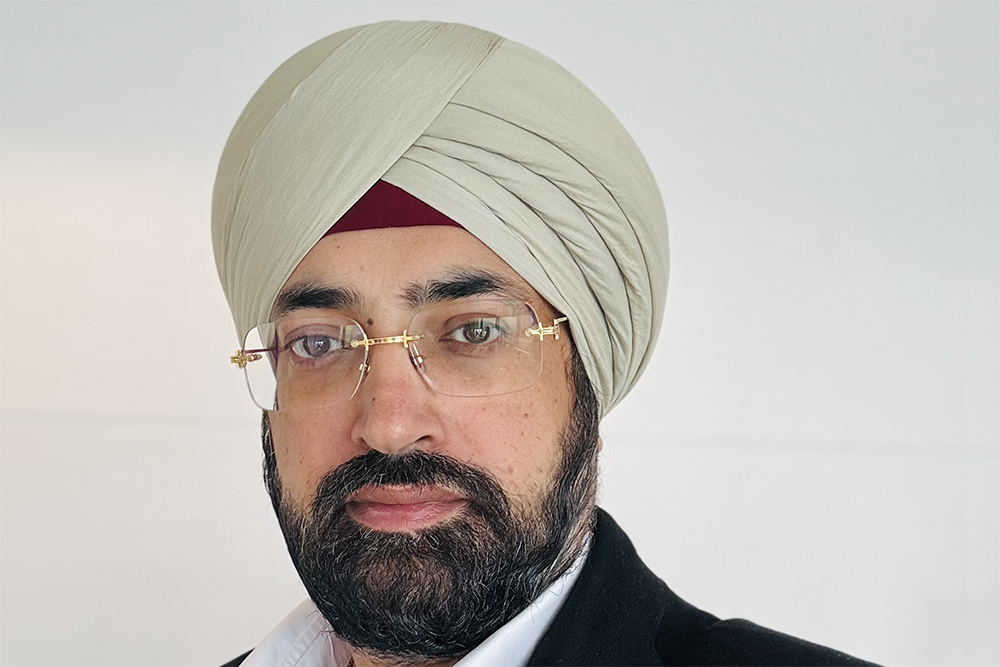In an exclusive interview with ET Edge Insights, prominent executives from Vertiv, a frontrunner in data centre infrastructure, discussed the transformative impact of emerging technologies, notably generative AI, on the industry landscape. Giordano Albertazzi, CEO of Vertiv, alongside David Fallon, CFO, and Subhasis Majumdar, MD, spoke about Vertiv’s steadfast commitment to sustainability, energy efficiency, and pioneering solutions, underscoring their concerted efforts to mitigate environmental impact and advance eco-friendly practices within the sector.
They also highlighted the importance of strategic location, such as having a water hub, in the growing data centre markets of Mumbai and Pune. Their insights shed light on the intricate interplay between technological innovation, environmental stewardship, and strategic foresight, illustrating Vertiv’s holistic approach towards addressing the evolving needs of the industry while championing sustainable development.
Excerpts
How do you envision the disruptive impact of emerging technologies, particularly generative AI, on the data centre industry and its future trajectory?
The emergence of AI and the rapid acceleration of AI technologies are profoundly reshaping industries, particularly in terms of the infrastructure they necessitate.
Consider the scenario within a data centre: typically, racks house servers, each consuming approximately 10 kilowatts of power. Historically, these systems have been managed using air cooling methods alongside established power delivery mechanisms to servers. However, the rise of AI, coupled with the increasing prevalence of GPUs replacing traditional CPUs in server technology, is ushering in a transformative era. The potential for a single rack to demand over 100 kilowatts of power is now a tangible reality, representing an unprecedented level of density within data centres.
This evolution prompts the adoption of innovative solutions such as direct-to-chip liquid cooling. Notably, our recent acquisition of CoolTera exemplifies our commitment to advancing in this domain. Moreover, the industry is embracing a hybrid approach, combining liquid cooling with air cooling systems to effectively dissipate residual heat from GPUs. This strategic amalgamation ensures optimal performance while mitigating potential thermal challenges.
So the industry is evolving, and this will require both a new approach of developing new infrastructure, as well as the opportunity to retrofit current infrastructure.
Which emerging technology will be used at Vertiv’s new manufacturing facility at Chakan?
In recent years, our contributions to the Indian data centre industry have been marked by numerous pioneering achievements. From groundbreaking solutions to the introduction of large-scale innovations such as the 280-kilowatt DX air handling units, we have consistently been at the forefront of innovation. Our commitment to innovation remains unwavering, and we are poised to introduce even more groundbreaking advancements in the near future. So, wait for some more.
Are there specific actions Vertiv has taken to minimize its operational carbon footprint?
Energy efficiency stands as a central pillar of Vertiv’s overarching agenda, manifesting in our relentless pursuit of efficiency both internally as a company and externally as a manufacturer.
The attention we devote to energy efficiency permeates every facet of our organisation, marking a heightened focus on optimising our operations and the products we deliver to our customers. Within the industries we serve, where vast amounts of power are utilised, our commitment to efficiency is pivotal. Through the intrinsic efficiency embedded in the design of our systems, coupled with our adept management of the thermal and power chains, we empower industries to achieve unparalleled levels of operational efficiency.
The integration of liquid cooling technology exemplifies our commitment to advancing efficiency standards. Beyond conserving energy, this innovation facilitates superior heat extraction and dissipation, fostering a culture of energy reuse and conservation.
Sustainability is at the heart of everything we do. From designing eco-friendly products to reducing waste in our factories, we are committed to making a positive impact on the environment. Our leadership team remains steadfast in exploring avenues to enhance efficiency and reduce resource consumption, ensuring that sustainability remains a cornerstone of our ethos.
Is there any specific reason to have all 3 operational units in a particular vicinity? Or do you see going further down the years, maybe more manufacturing units will be spread across the breadth of the country?
In the current landscape of the data centre market, Mumbai emerges as the largest hub, while Pune stands out as a rapidly growing contender. Notably, we have observed a substantial influx of business from Pune, signifying its increasing significance in the industry. Building upon our established ecosystem centered around Mumbai, particularly through our successful operations at the Ambernath plant, we have strategically chosen to replicate this model in Pune. This deliberate decision was driven by the need for swift execution, recognising that reinventing our systems in a different geographical location might not have been as practical. As a result, we find ourselves closely aligned with the Pune market, poised to capitalise on its promising potential.


